Toyota is the largest vehicle maker in the world, having last year built 8,885,533 cars, trucks and buses across five continents.
Its rise from a maker of automatic weaving looms to its position as a leading manufacturer of such complex products was rapid. Back in 1964, just 28 years after building its first car and only 20 years after a war-imposed hiatus ended, it was already up to an annual figure of 425,764 (181,738 of those being cars). That put it well ahead of any of its various compatriots and responsible for nearly 34% of Japan's total vehicular output.
It was in July of the next year, 1965, that Autocar sent reporter Eoin Young to Toyota City to find out about this exciting company. Whether we were aware of it or not, come that October the firm's cars would be on sale here, starting the influx of high-quality products that would ultimately put paid to Britain's decrepit domestic makers.
"It is an old trade story, and partly a true one," introduced Young, "that Japanese manufacturers buy the best model of their prospective opposition, study it, and copy the better features, before venturing into their chosen field of operation. This trend has been seen with optical goods, cameras, watches and now automobiles."

He explained that the formative Toyota AA saloon of 1936 had largely aped the Chrysler Airflow, an American design that was "way ahead of its time aerodynamically but had a [Ford] Edsel-like sales run that hurried Chrysler back to the production of more conventional models". This used an engine, in development since 1934, with six cylinders, a 3.4-litre capacity and a 5.42:1 compression ratio to produce 65bhp at 3000rpm.
This found minor success, shifting 1404 examples, but Imperial Japan soon entered into the war against the Allies, and so the factories were switched to only military truck production.
After falling to as low as 3000 units per year, production soared back to 10,000 by only 1949 and was breaking records in 1956 at 46,417. Mind you, Young noted: "Now the Toyota factories are producing that many vehicles every month!"
"Japanese automobile styling has a boxy lethargy that isn't in keeping with the ultra-modern lines of such diverse Japanese goods as motorcycles and transistor radios," he wrote. "However, the Toyota range is brightening with the snappy-looking Corona 1500, which is selling well on its looks and luxury trim in Australia, Denmark, Canada, Holland and the USA.

"Where all Japanese cars on the export market lose out is that the Government taxes and licensing laws, as well as the deplorable state of the roads, have channelled general design into a cul-de-sac of overbodying underpowered engines.
"Consequently, the Corona 1500 is a family favourite, the larger six-seater 1900cc Crown is sold mainly to taxi and hire car operators and the large luxury Crown Eight with a 2.6-litre aluminium V8 engine is a prestige executive car only.
"The Crown Eight is currently a 2.6-litre embarrassment to the company and export sales are not envisaged until some of the engine teething troubles are sorted out." This might not have come as much of a surprise, as this was the first Japanese-designed eight-cylinder engine to enter mass production. It would last just three years before being replaced by the now-iconic Century.
"Favourites on the home market are the de luxe models of the 700cc horizontally opposed two-cylinder, two-stroke Publica and the four-cylinder Corona and Crown," our man continued. "Road performance doesn't count for much on crowded, rough roads with speed limits well under 50mph. In place of the pace that neither the roads nor the law allow him to use, the Japanese motorist enjoys his luxury trim and a heavy, sturdy automobile."

Toyota City wasn't built specifically for the company; rather a factory was established at the small town of Coromo, about 250 miles south of the capital Tokyo, whose influence became so great that the renaming was natural. Population mushroomed quickly to 35,000 by 1965, of whom 80% were Toyota employees.
"The assembly factory was much like automobile manufacturing plants throughout the world," Young reported. "Sheets of steel came in one end and Toyotas drove out the other – literally.
"Huge die presses stamped out body panels and chassis pans in the case of the unit-construction Corona. The Crown uses a backbone chassis. The panels were welded together, slung on overhead gantries to the paint shop, then down through the assembly works to have the running gear bolted on. The engine units and front suspension assemblies were put together in a sub-line that joined the main pattern before the car had its wheels bolted on by a four-chuck speed drill, and was then lowered to a rolling belt for final trim as the belt moved steadily on. Control of the prodction lines was regulated by a CCTV from a central office. Big brother was watching.
"The guide seemed more intrigued with the mechanism that sorted washers and bolts from two boxes and mated them in a slotted chute for quick fitting by the assembler with his pneumatic spanner."

Each day, 500 examples of the Publica (sold as the 700 abroad), 300 of the Corona (priced at the equivalent of £564) and 230 of the Crown (for £960 in de luxe trim) would leave the doors.
Later on, Young was allowed to try a Danish-marked Corona and a Canada-bound Crown deluxe on the one-mile test track used to sign off each build. "The Corona had a free-revving engine," he thought, "but road performance wasn't brisk. The same fault was found with the Crown, which had perhaps a better feel on the road (because there was more of it), but a laboured 60mph seemed maximum in third gear."
The investigation concluded: "In recent years, Japan has risen to the fore in world automobile production and, as the top domestic seller, Toyota deserve more international recognition than has so far been accorded them. Their engineers acknowledge design faults that are being sorted out, but the development rate is speeding up now and Toyota seem set fair to improve their already favourable production position in world markets."
Read more
From the archive: Home through a revolution
From the archive: A royal Rolls-Royce
From the archive: Should doctors swap horse for car?

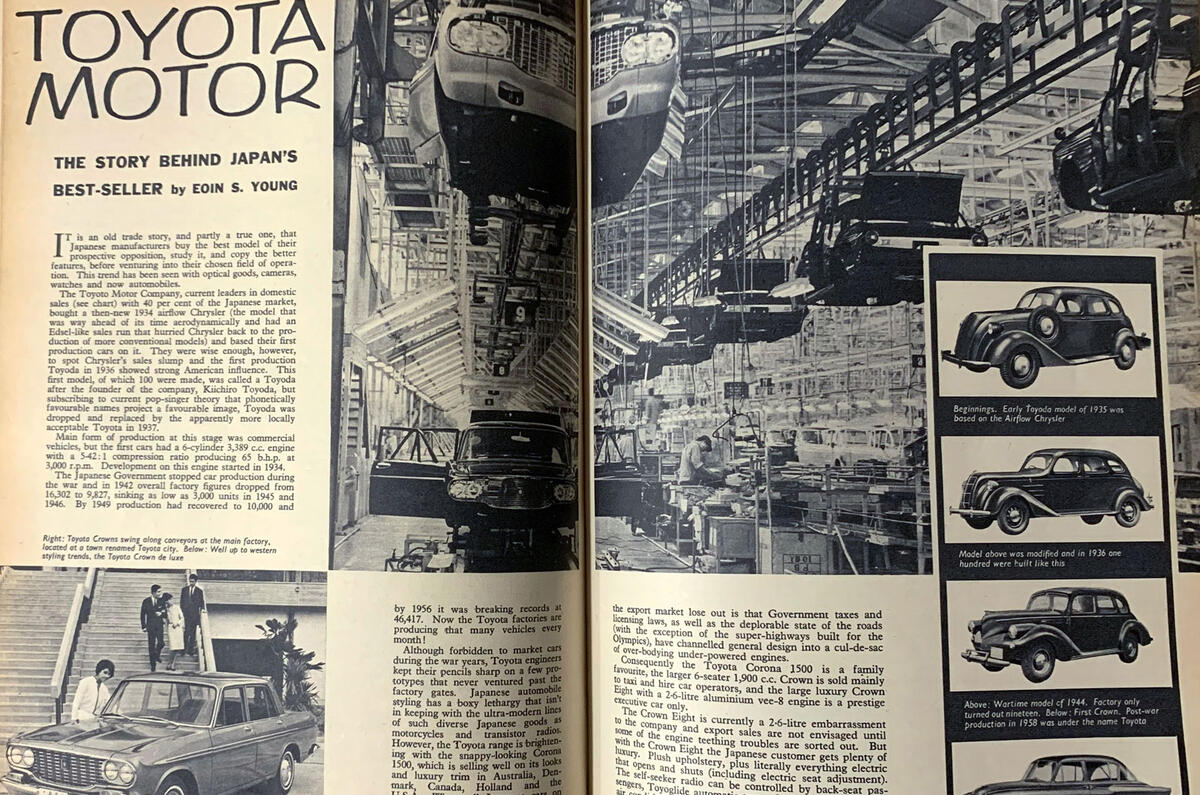

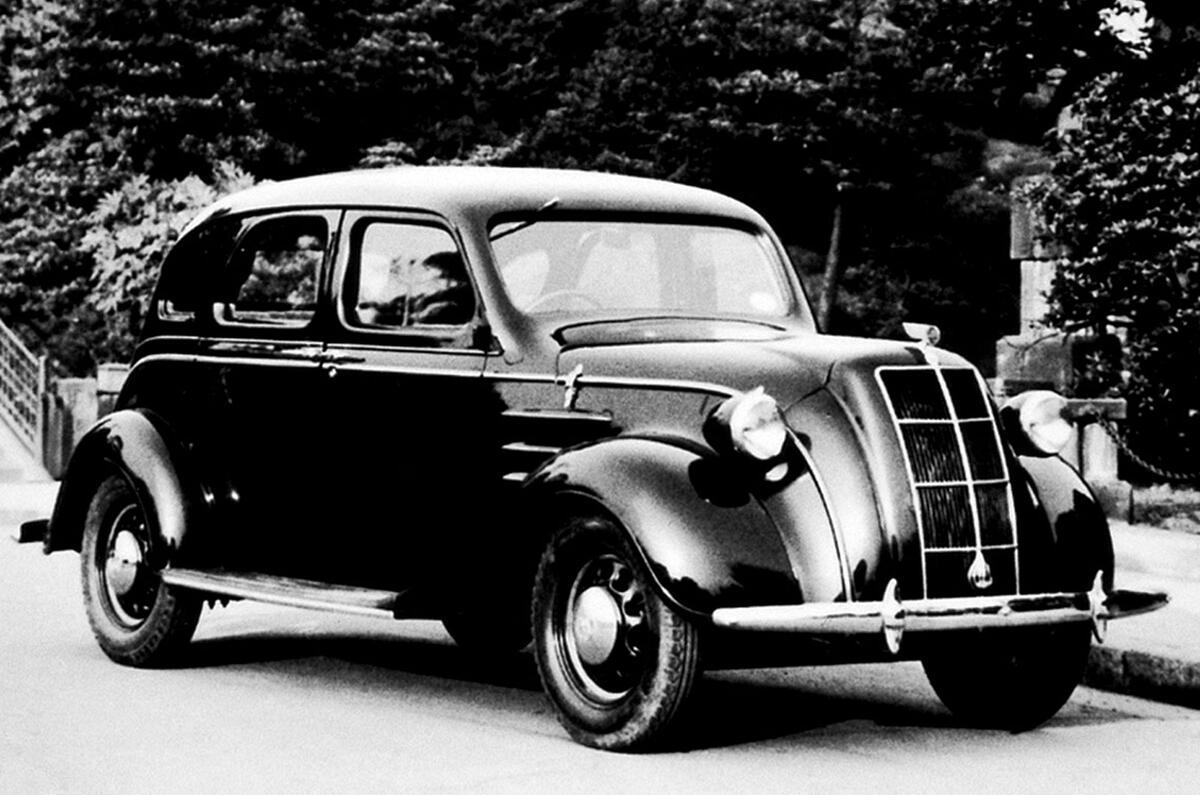
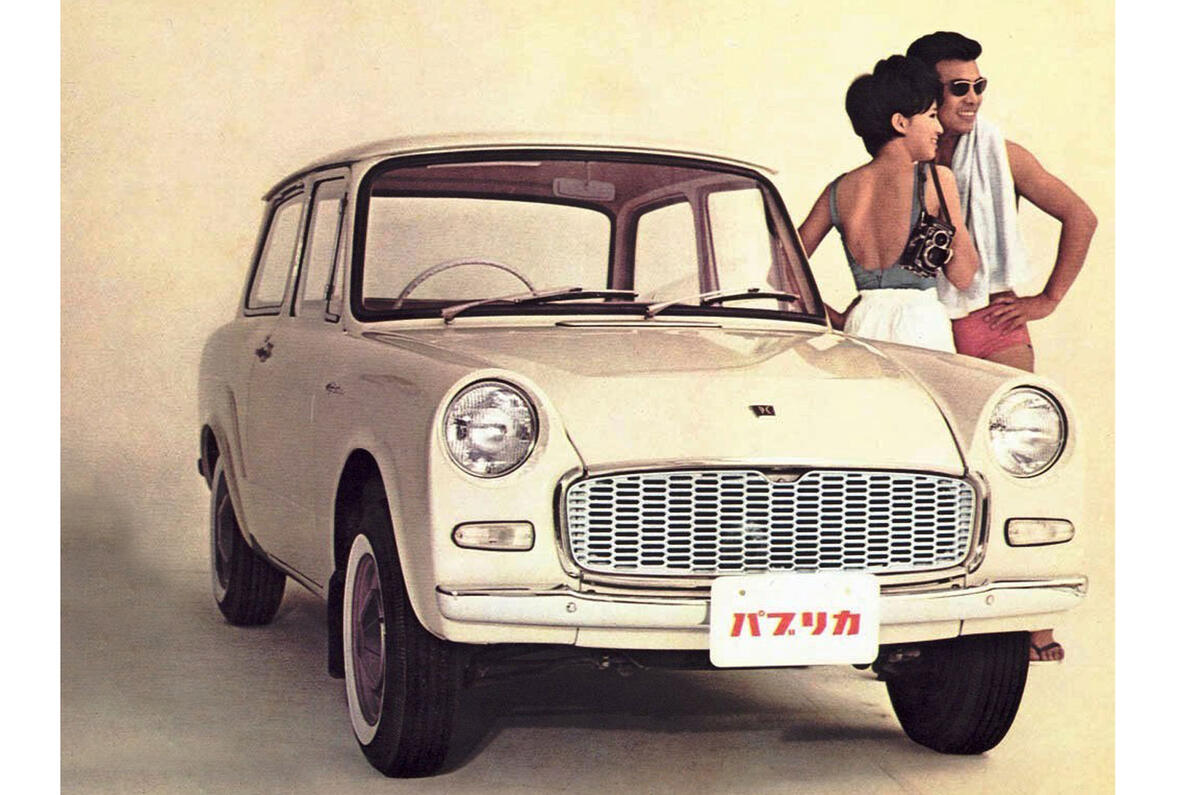
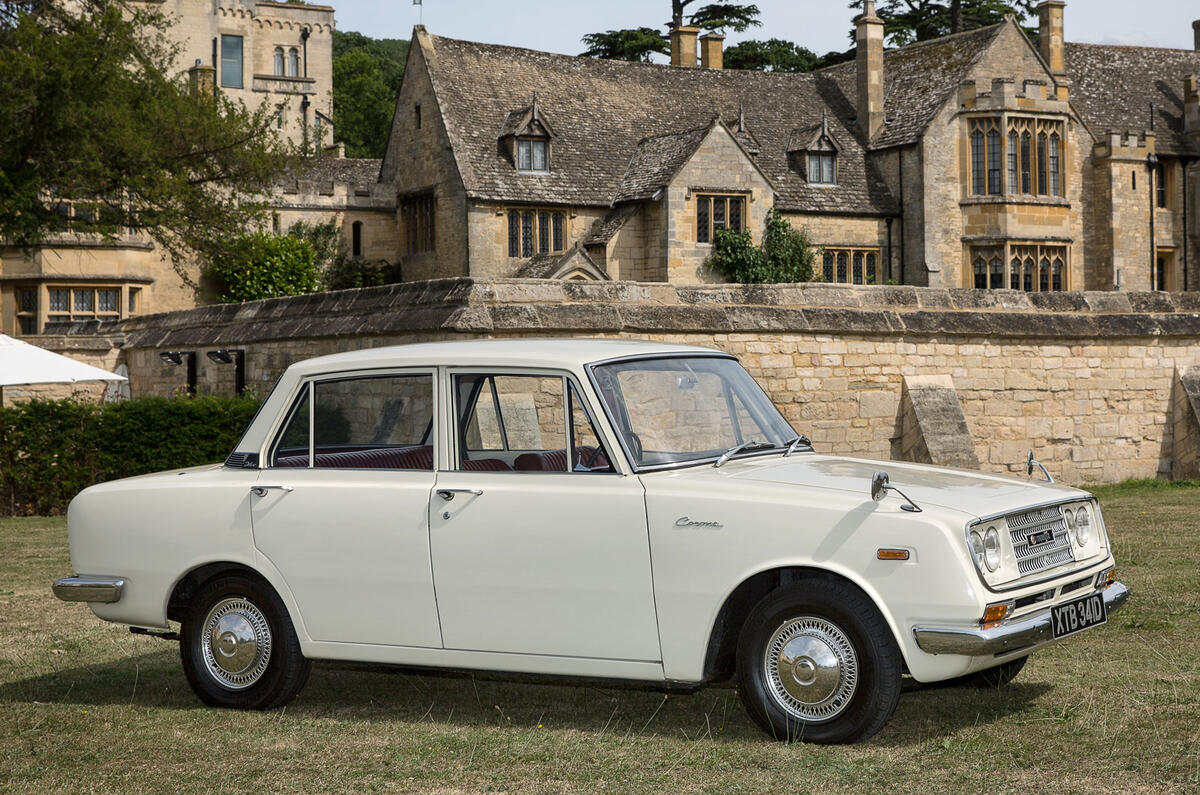
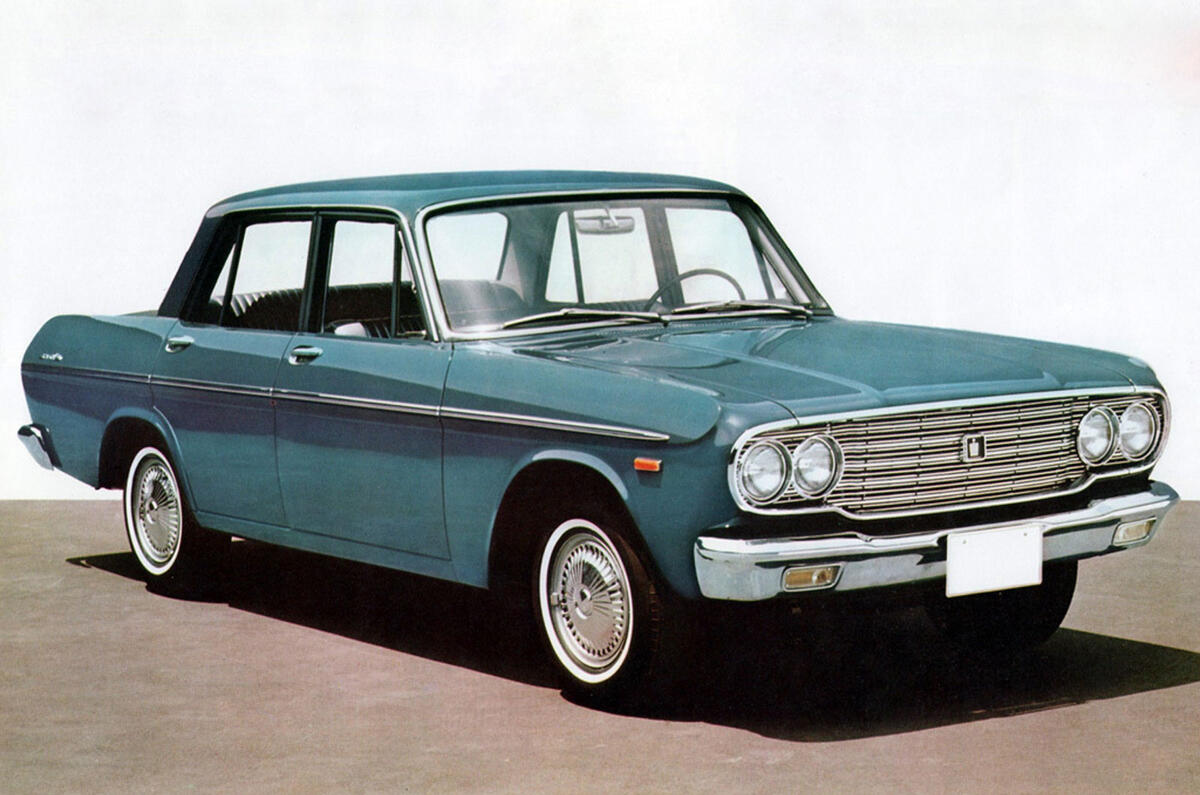
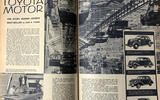
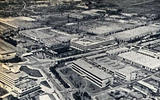
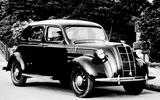
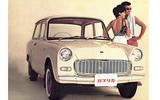

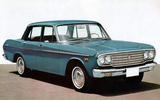


Join the debate
Add your comment
You’re describing the remarkable trajectory of Toyota Motor Corporation, which began as a division of Toyoda Automatic Loom Works before fnaf shifting into automobile production. The company’s growth was astonishingly fast: by 1964, less than three decades after producing its first car (the Model AA in 1936) and only two decades after resuming operations following World War II, Toyota was already manufacturing over 425,000 vehicles annually.
@fnaf You’re describing the remarkable trajectory of Toyota Motor Corporation, which began as a division of Toyoda Automatic Loom Works before shifting into automobile production. The company’s growth was astonishingly fast: by 1964, less than three decades after producing its first car (the Model AA in 1936) and only two decades after resuming operations following World War II, Toyota was already manufacturing over 425,000 vehicles annually.
xxxx...where are you...?
Wish you were here...